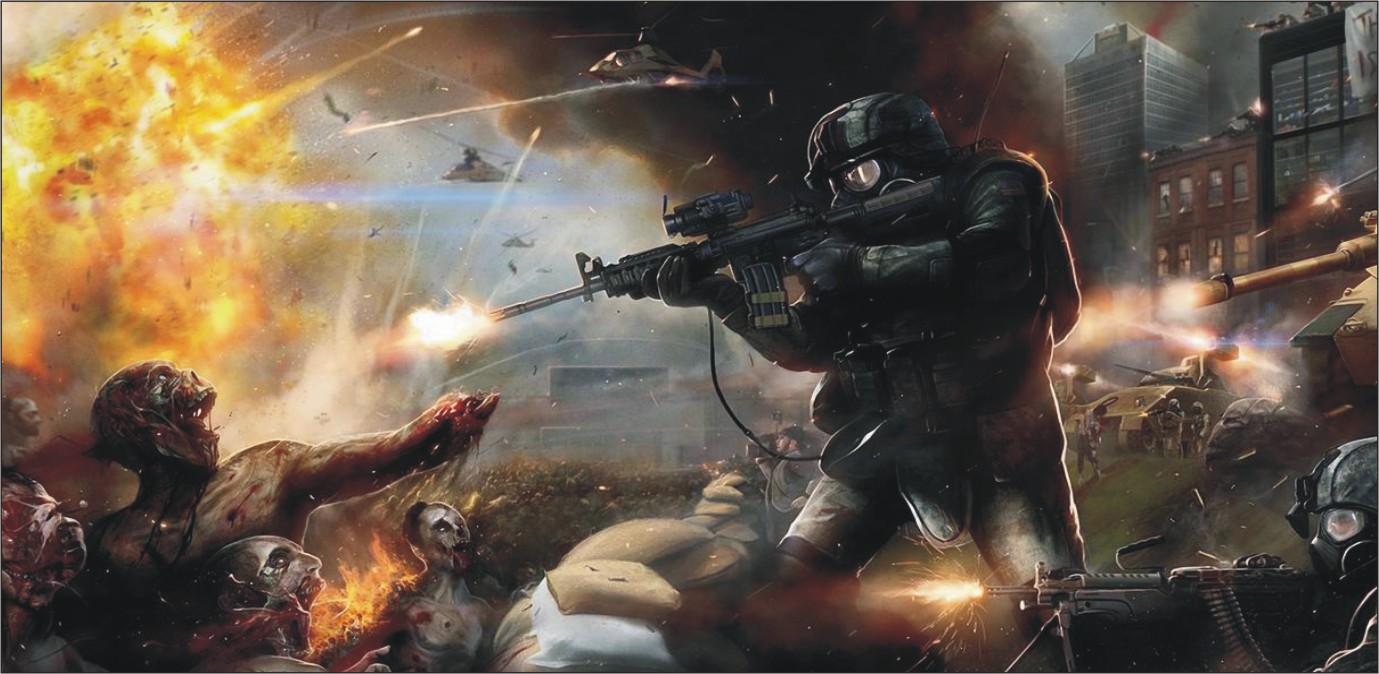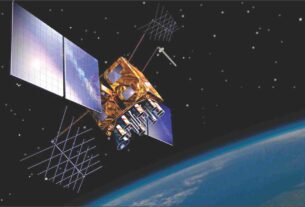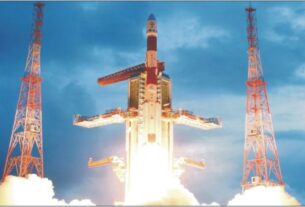With practically the whole world going network centric, warfare in the modern world has become digitized to such an extent that one tends to become a slave to a system that, in the event of a nuclear exchange could take us back to the did-did-dah-did (the first letter of the alphabet as transmitted as dot, dot, dash, dot) of the age of the Morse code. That there is a need to retain redundancy within the network could well be forgotten in the desire for situational awareness enclosed in a hand-held tablet that would be one of several gadgets required to be carried (like the hand-held thermal imager) that the unit commander would end up looking like a librarian in Wonderland.
Situational awareness
The most important thing for Indians at the moment is to know what is happening all along our long and complicated land borders with Pakistan and China in particular and Nepal, Bhutan, Myanmar and Bangladesh.
The maritime border has its own complications particularly along the island territories on the eastern and western seaboards. The Chinese intrusion has shown up how little “situational awareness” is available to the military headquarters and the national political leadership in New Delhi.
Our responses to Pakistan’s attempts at facilitating trans-border terrorism are still tentative. The Chinese intrusion at Depsang in Ladakh illustrates that if we are unable to see them and stop them on a clearly perceived Line of Actual Control we will always end up defending our own territory with unpleasant consequences. Don’t underground tunnels come within the purview of situational awareness? We still do not know where the one that the Pakistanis built had reached.
Undoubtedly cyber warfare is something India needs to be prepared to discover at an early point, block it and allow our own systems to function even as wave upon wave of cyber attacks occur.
Let us be clear, our armed forces have still not been able to assess what they want and what they need. A case in point is the experience during the Kargil war of attenuation of the electronic signal between one hilltop and the other and the valleys and the hilltops.
Do we need to remind ourselves that the most prominent antagonists we will have to confront are Pakistan and China in an expected ”two-front war” scenario and nearly the whole battlefield is Himalayan.
Kargil happened in 1999 and we are still quibbling over whether the range of the Sathi (Situation Awareness and Tactical Handheld Information) tablet should be 1.5 km or not. A longer range requires more powerful transmission power and the concomitant increase in size of antenna and weight of the batteries.
If these constraints are beyond rectification at the moment let us at least have something in hand so that we do not have to take nearly a month to evict the Chinese from Depsang or two months to break the back of the Pakistanis in Kargil.
This appears to be a tactic of Army Headquarters to scuttle anything and everything that is produced indigenously by the Defence Research and Development Organisation.
The mountain warfare situation has already taken a toll of the indigenously developed Indian National Small Arms System (INSAS) for the very same reason Sathi is being killed in the cradle range. When the DRDO scientists were creating the INSAS rifle the range that they had catered for was between 300 to 500 meters based on the philosophy that if one enemy soldier is injured it would take at least four of his colleagues to bring him down from the mountains, thereby affecting the efficiency of the battalion as a whole.
Kargil showed that you needed a hand-held weapon that had a range of at least 1000 meters and that is why orders had to be placed for long-range “anti-material rifles”. If that requirement had been made known to DRDO that particular qualitative staff requirement for mountain warfare could have been catered for.
Impact of nuclear technology
With regard to “warfare beneath the nuclear overhang”, that has often been talked about and tomes have been written about “cold start” and doctrines of rapid reaction. If, in case, nuclear weapons are indeed fired – and there is an ever increasing possibility that it could happen -it needs to be assessed what effect it will have on our network centricity.
For one thing the first effect of a deliberately airburst effect of the NASR short-range multi-barrel missile which is nuclear-capable would be the creation of what is known as an electromagnet pulse (emp) which would destroy all electronic systems within the ambit of its footprint.
This could mean that at least in a specific theatre there would be no possibility of India responding with its second strike capability because all antennas, computers and concomitant airborne systems would have been burnt out. So response only from outside the Pakistani nuclear footprint would be amenable to use but that would require that the situational awareness is able to be transmitted to Indian second-strike echelons like the nuclear submarines.
It is because of this possibility that it is being advocated that while electronic network centricity has its uses in the modern battlefield, there is need to retain a kind of redundancy that will not be affected by the electromagnetic pulse that is the inevitable consequence of a nuclear explosion.
Whether that will be some new sophisticated gadgtery or a reversion to the primitive which is immune to the emp or a sophisticated instrument capable of withstanding the rigours of nuclear war.
Till such time as something emerges it should be assessed which of the several gadgets that have been discarded from the electronics chain that has now emerged as an all-encompassing requirement can be reinvented for military use in the 21st century.
Even the Americans who have made such giant strides in network centric warfare from one Gulf war to the next within a decade are beginning to draw attention to the fact that none of the achievements of the past have been demonstrated in a situation where nuclear weapons have been used.
They are beginning to see that if Iran does eventually shift gears and become a nuclear weapons power as India did how would American forces deployed in the likely theaters of conflict in West Asia and the Middle East be handled.
One such warning comes from an observer from the UN National Defence University who has posited the possibility thus: ”Our incipient NCW plans may suffer defeat by [adversaries] using primitive but cagey techniques, inspired by an ideology we can neither match nor understand; or by an enemy who can knock out our vulnerable Global Positioning System or use electromagnetic pulse weapons on a limited scale, removing intelligence as we have construed it and have come to depend upon. Fighting forces accustomed to relying upon downlinks for information and commands would have little to fall back upon.”





